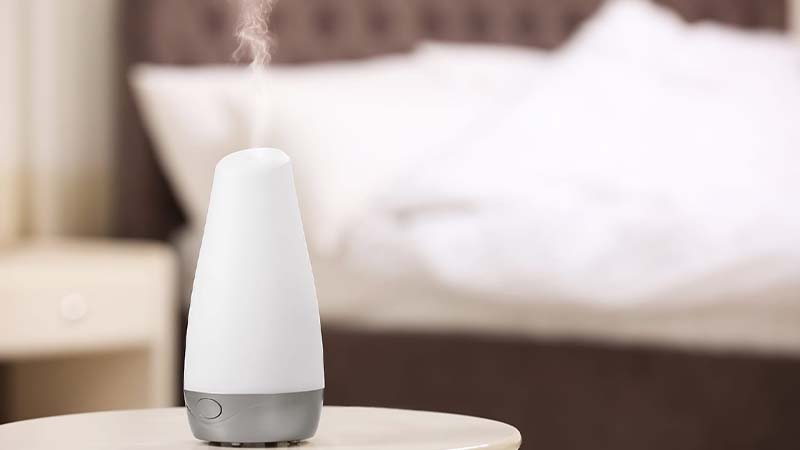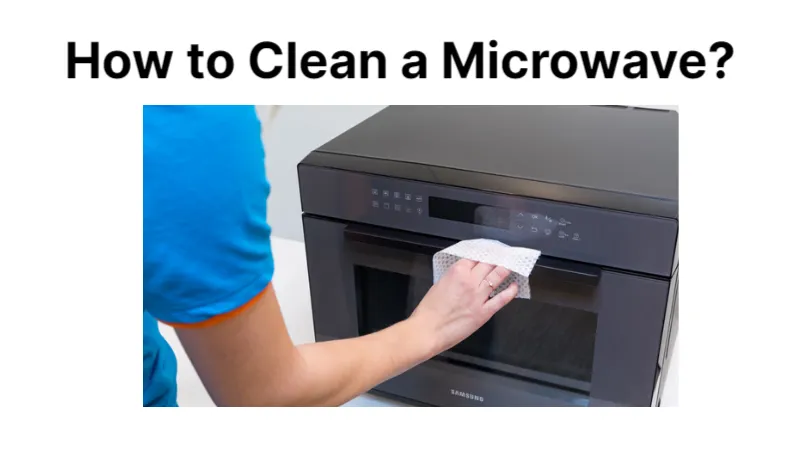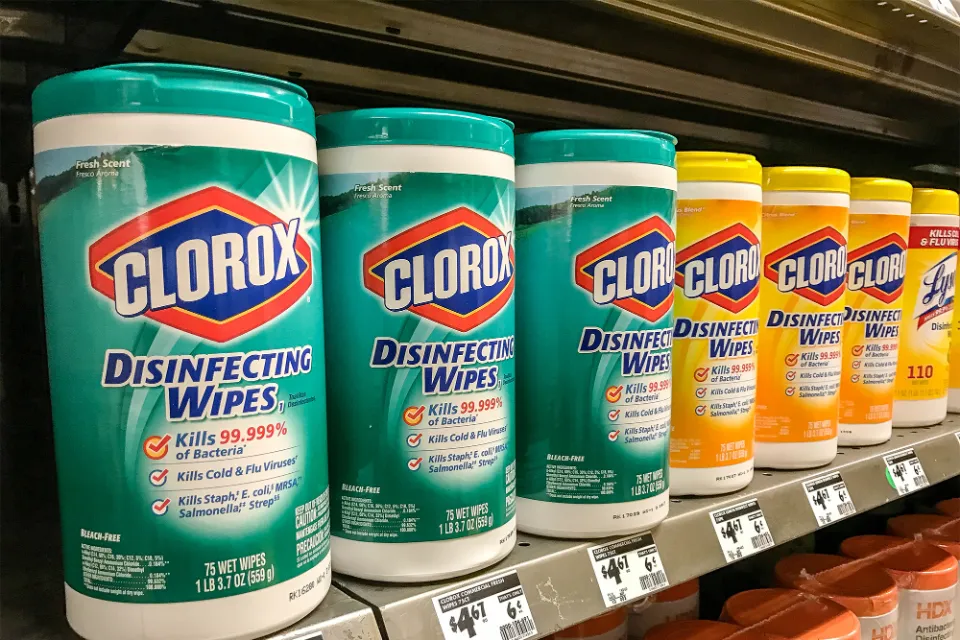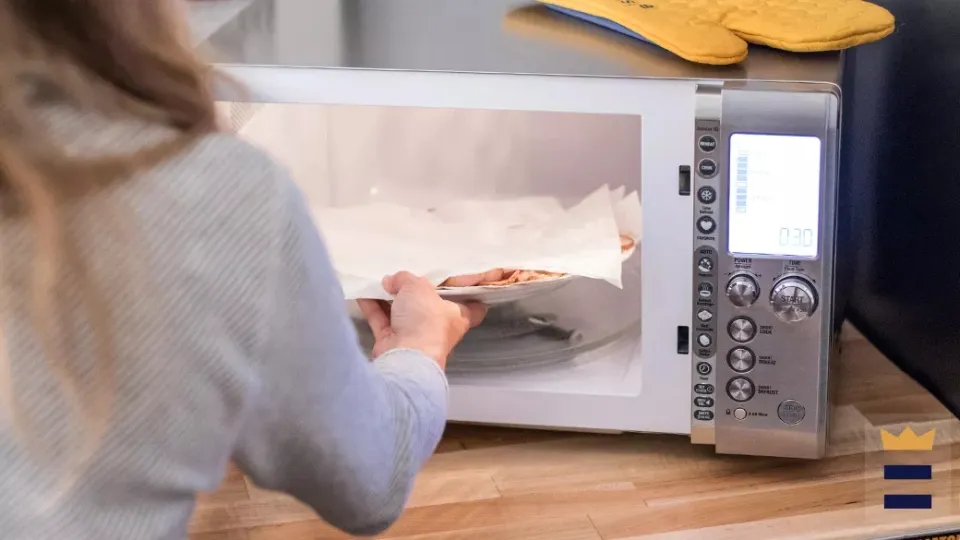A humidifier is probably your best bet if you’re trying to find a remedy for the symptoms brought on by dry air inside your home. But how does a humidifier work and what does it actually do?
Let me answer the first question, how does a humidifier work? To achieve the ideal humidity levels in your home, humidifiers add moisture to the air, which can enhance the quality of the air there overall.
You’ll discover in this article how adding moisture to the air with a humidifier can help make things more comfortable and even prevent some minor damage to your home. It’s amazing how much of a difference a little water can make!
How Does a Humidifier Work?
So how do humidifiers actually operate? All humidifiers are made to increase the amount of moisture in the air by introducing water vapor mist. Humidifiers come in a variety of types and employ a variety of mechanisms. Evaporative, ultrasonic, and warm mist systems are three of the most popular types that we’ll discuss.
Evaporative Humidifiers
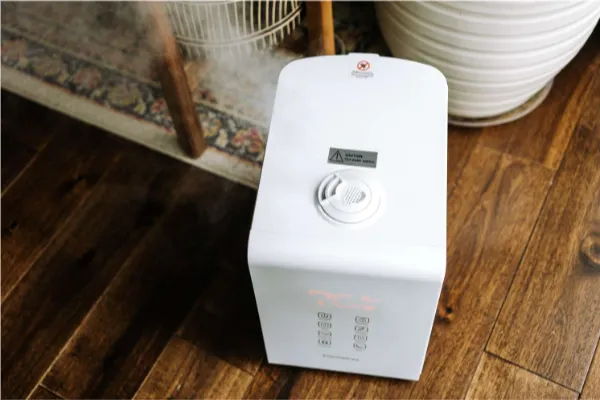
Evaporative humidifiers fall under the category of cool mist humidifiers, which produce cool to room temperature mist. They function by accelerating evaporation that occurs naturally. They blow air through a damp filter while using a fan, which causes the water to vaporize. To raise the relative humidity in the space, the water vapor is then blown or otherwise released. This kind of humidifier requires regular filter replacement but is a good way to make sure the mist being blown into your room is clean.
Ultrasonic Humidifiers
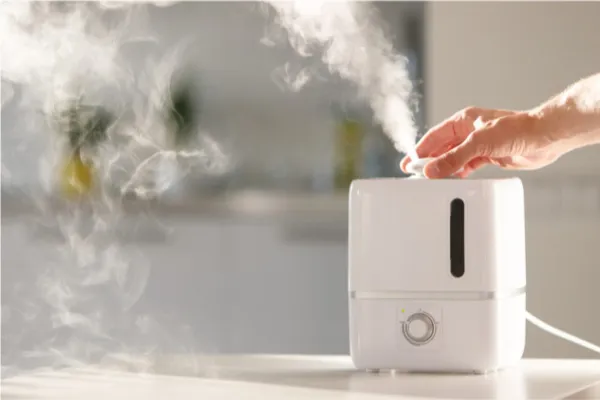
Another kind of cool mist humidifier is an ultrasonic humidifier. The water is broken up into droplets using high-frequency sound vibrations or a nebulizer, and these droplets are then launched into the air using a fan or another device. In comparison to evaporative humidifiers, these humidifiers typically don’t need a filter and can run more quietly.
Warm Mist Humidifiers
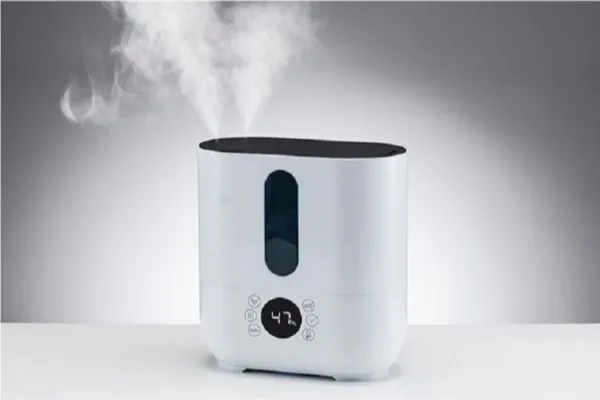
Warm mist humidifiers produce a warm mist in the form of steam, which makes them different from evaporative and ultrasonic humidifiers. Warm mist humidifiers boil the water, turning it from a liquid to a gas. This enables the warm mist to permeate the air and raise the relative humidity. Warm mist can warm up your space, humidify the air more quickly, and has the added benefit of boiling the water before it is released, purifying the air.
Boiling water raises some safety issues, though. A humidifier filled with boiling water might not be the best option if you have pets, children, or a propensity to knock things over.
Read about Air Purifier Vs Humidifier
How to Use a Humidifier?
The specific instructions for using a humidifier vary depending on the model you have; we’ll get to that later.) there are a few universal tips and tricks to get the most out of your moisturizing system.
- Pick a system that fits your house properly.A humidifier must be appropriately sized for the space it is working in, just like your HVAC systems. Take into account your home’s total square footage, age, and construction type (new, old, tight, reinsulated, etc.).) to determine the right sized system for your home.
- Improve the humidistat’s setting.Find out about the system and the settings that are offered before making an investment in a humidifier. Some humidifiers let you set the amount of moisture they produce automatically, while others need you to do it manually. Choose a model that suits your lifestyle needs in order to get the most out of your humidifier.
- Maintain your system.Your humidifier may develop mineral buildup, dust, rust, or bacteria over time if it is used frequently. The best way to keep your portable humidifier clean is to regularly wipe it down, flush the reservoir, and refill it with fresh water. You can do this with most simple household solutions and a rag, but it’s always a good idea to consult your humidifier’s owner’s manual for exact maintenance instructions. Your HVAC specialist will typically carry out annual maintenance on your whole-house humidifier.
- Choose your ideal settings.Learn about the system and the settings offered to you when you purchase a humidifier. While some humidifiers give the owner the ability to control humidity levels, others allow you to set up a schedule. Make sure you adapt your humidifier to your needs in order to get the most out of it.
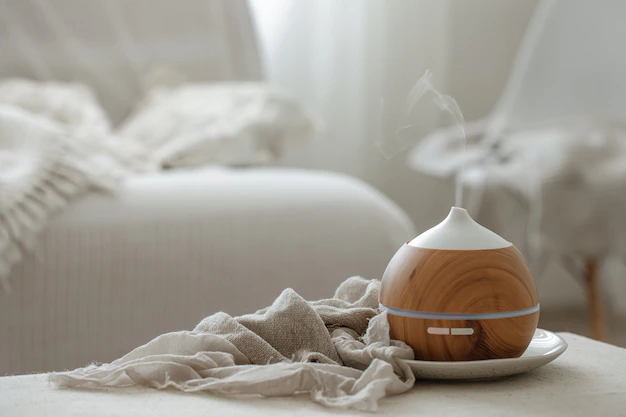
When to Use a Humidifier?
Most homes can benefit from using a humidifier, but there are a few warning signs to watch out for that may mean it’s time to buy a system to maximize humidity and comfort in your home.
- You develop dry skin or chapped lips at home.
- Static shocks are felt by you.
- In your home, sinus problems or nosebleeds are a common occurrence.
- It is impossible to get a good night’s sleep.
- The interior of your home is deteriorating (cracked paint, split wood moldings around doors and windows, sagging or separated wood floors).)
- You haveconsistent asthma or allergy flare-ups while inside your home.
- In order to be comfortable, you must raise the thermostat.
- Drying out are your plants.
A humidifier might be able to reduce some of the triggers for any of these problems you may experience.
Advantages of Using a Humidifier
Even though the primary purpose of a humidifier is to add moisture to the air, this function can have a lot of positive effects on your home.
- Higher Humidity Makes the Air Feel Warmer
Your body cools itself down by sweating, but for sweat to evaporate, the air must be dry enough. Your skin dries out more slowly when the relative humidity is higher, and the air feels a little warmer. As a result, using a humidifier may enable you to use less heat during the colder months.
- Reduced Dry Skin Symptoms
Dry air causes water to evaporate from your skin more quickly, so using a humidifier can help prevent dry skin symptoms. The higher humidity level could help you feel better if you have itchy skin or dry, flaky skin.
- Relieve Sore Throat and Cold Symptoms
When the relative humidity is higher, your throat will stay moist longer. You can protect your vocal cords and avoid scratchy throats by using a humidifier. More moisture in the air may also relieve some cough symptoms due to a cold.
- Reduce Risk of Bloody Nose
Dry air can harm your nose in a manner similar to how it harms your throat. The frequency or risk of nosebleeds and sinus irritation brought on by dry air may be reduced as a humidifier adds moisture to the air.
- Contribute to Healthy Lungs
Research has suggested that dry air increases the risk of asthma and bronchitis. You can use a humidifier to add moisture to the dry air to help reduce these risks.
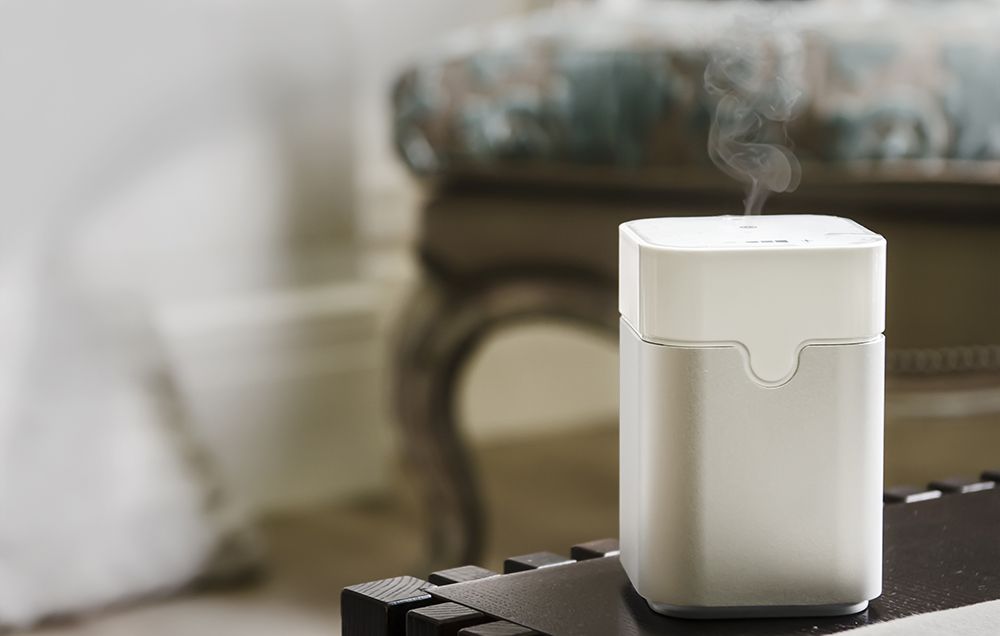
Humidifier Care and Efficiency
In addition to all of the advantages of using a humidifier, there are some considerations for their use and maintenance.Mold and Bacteria GrowthThe environment inside a cool mist humidifier is humid and moderately warm—two characteristics that may encourage bacteria growth. On the other hand, warm mist humidifiers pose little of a threat for bacteria to grow because of the high temperatures they operate at.
Mold and mildew can grow when water sits in the device’s reservoir for a long time. For a humidifier that you haven’t cleaned frequently, mineral buildup could be an additional issue.
Tap water contains a lot of minerals that eventually build up in the tank, on the fan blades, and on other internal components of humidifiers, which is likely how the majority of people fill them. Use the advice below to regularly clean your humidifier and replace the water in it to make sure that it is dispersing clean water vapor into your home.
- Energy Usage
You’ll likely need to run the humidifier at least once a day if you’re attempting to manage symptoms brought on by dry air in your home. Running a humidifier for several hours each day will have a small energy cost, but Energy Star certified models should use relatively little power.
- Refilling Frequency
Depending on the tank’s size and how frequently you use the humidifier, you may need to periodically refill it. You’ll probably need to refill the humidifier at least once per day if you use it overnight or for the majority of the day.
A setting that can automatically maintain a specific humidity level is included in some humidifier models. When the tank is empty, they may reduce their speed or turn on and off based on internal sensors to conserve energy.
- CLEANING & MAINTAINING A HUMIDIFIER
To clean a humidifier, what should you use? You can clean your humidifier with vinegar and bleach, two popular and effective cleaning products. Any mold and bacteria that might have grown inside the machine will be destroyed, especially by bleach.
How often to clean your humidifiers? After storing your humidifier for a few weeks or months, you should clean it. After a month or more of heavy use, you should clean it once more. Before you put it back into storage for a season, give it one last cleaning.
So, How Does a Humidifier Work?
In the winter or in dry environments, humidifiers can be of great assistance. After reading this article, hopefully you have a better understanding of humidifiers, their various types, and what to look for when buying one. On our roundup of the best humidifiers, be sure to look at our favorite selections.
Remember that humidifiers aren’t a panacea; if you’re looking to buy one to treat a particular condition, we advise speaking with a doctor or other healthcare provider first to make sure you are addressing the issue correctly.
